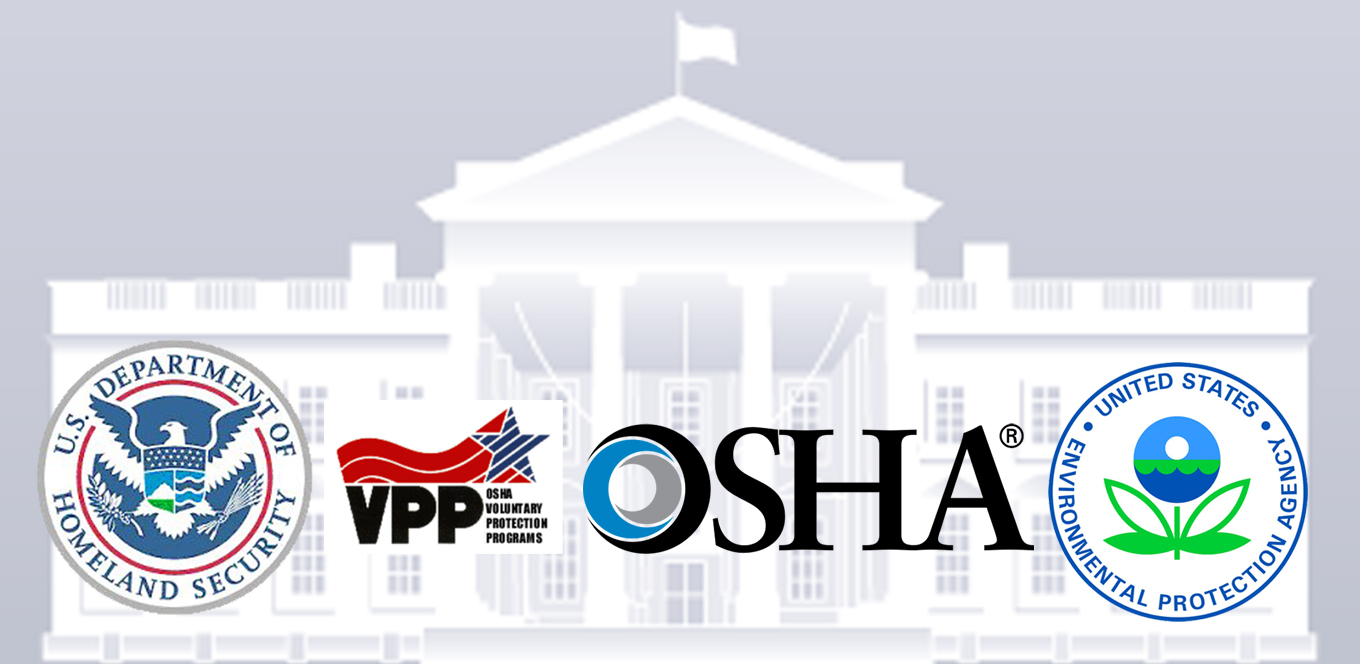Federal Regulators Target Hazardous Chemical Safety
On August 1, 2013, President Obama signed an Executive Order on Improving Chemical Facility Safety and Security designed to reduce the risks of hazardous chemicals. While many food processing plants already have controls and processes in place to ensure chemical safety, tightened regulations and increased risks have encouraged many plant owners to take a second look at their programs.
Continue Reading “Federal Regulators Target Hazardous Chemical Safety”







![[Infographic] Installing Packaged Refrigeration vs. Traditional Systems](https://stellarfoodforthought.net/wp-content/uploads/2018/02/Packaged-refrigeration.png)